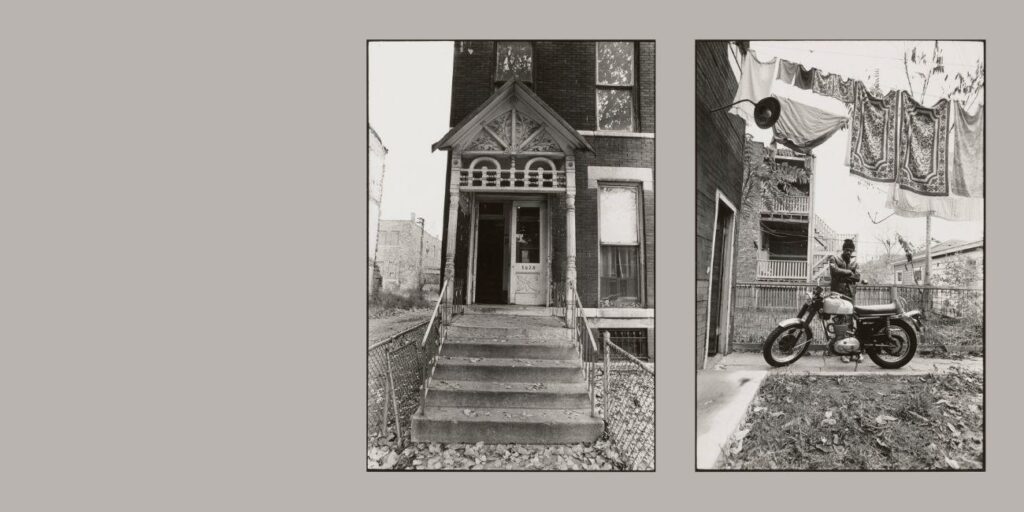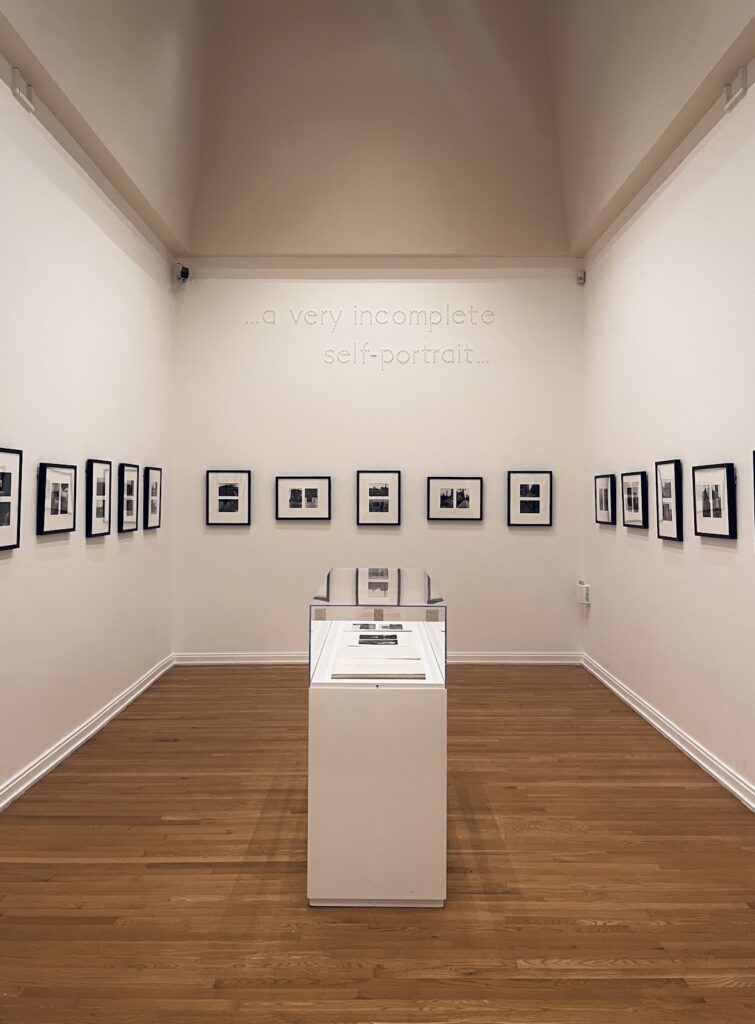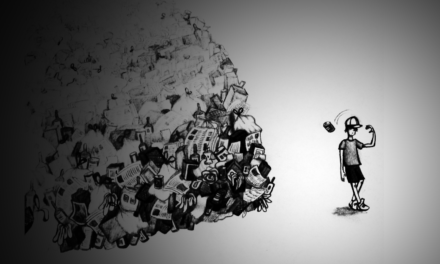Sometimes, the very thing we need to see is hidden in plain sight.
So, what about “A Very Incomplete Self-Portrait,” a new exhibition in the Michael C. Carlos Museum dedicated to Black photographer Tom Dorsey’s work? Although the exhibition opened on Feb. 18 and will run until July 16, it is a well-kept secret on Emory’s campus. The only obvious way someone could learn about this showcase is by checking the current exhibition list on the Carlos Museum website. That first step loses the attention and traction that comes from the spontaneous visitor.
Born in 1937, Dorsey grew up on the West Side of Chicago. It was not until he was about 35 years old that he pursued photography in earnest, learning photography through the Art Institute of Chicago and later working in the institute’s Moffett Studio. Dorsey compiled — and donated to the Carlos Museum — “A Very Incomplete Self-Portrait” during this part of his life, revisiting the neighborhood streets and buildings he called home. Much of his photography is funneled into a joint venture in portraiture with his wife, Dorsey Photography, based in Atlanta, where he later settled.

Courtesy of the Michael C. Carlos Museum
It is important to consider the role of the exhibit. Sometimes, circumstances do not allow for a venue’s format to be tailored to the art’s message, whether that be funding or making use of a vacant room; “A Very Incomplete Self-Portrait” is wedged in the far left corner of the Roman art collection, which I found to be quite ironic considering the off-to-the-side room gave me a diminutive impression. Like with the Eastern Asian gallery, most visitors pass right by smaller collections. I cannot imagine Dorsey ever intended his photography to be displayed in such an overlooked place.
The exhibit’s debut during Black History Month made its concealed positioning interesting. That is not to say the Carlos Museum wholly failed to do a Black artist justice in this season of recognition. “A Very Incomplete Self-Portrait” appears rather bare; customary to contemporary art museums, the walls are painted white and the floor is paneled with light wood. Perhaps, it is better to leave the space unadorned so the pieces can speak for themselves.

Eliot Vaughey/Contributing Writer
In that regard, I found the lack of curator notes around Dorsey’s photographs to be respectful toward his vision. This absence appeared strange until I scanned the QR code on an informational panel in the space and was directed to a website containing compiled clips of an interview between Dorsey, Works on Paper curator Andi McKenzie and Andrew W. Mellon intern Anna Clark. Each clip corresponded to the folios presented on the walls and the center case, with transcriptions available for each interview segment. Despite the QR code’s versatility, audio clips in silent museums — especially when sidled against the austere Roman busts and statues which commonly appear in white supremacist agendas — do not exactly seem like the best play. I felt too ashamed to play the clips out loud, so I did it in the solitude of my dorm room.
Such a platforming strategy requires precise execution that may not be feasible. In the event where listening to pre-recorded content is possible, I do not see why event organizers, curators or whomever may be creating an informative and public display would not incorporate audio features, whether that be through inviting the given figure to talk or having an interview specific to the content presented. It was a real treat to see Dorsey in a video and to even pick up on his mannerisms — I could see him as a human being, not some detached photograph.
Not all of the folios had commentary, however. I went into them without any of Dorsey’s contextual remarks swimming in the back of my head. The narratives at play in each folio, or at least the narratives I noticed, seemed obvious enough to track. Everything struck me as so poignant under that monochromatic lifelessness. A house’s front door could present itself as tidy, if not welcoming, from one vantage point. The other photo in the folio often showcased another angle to the same subject; the door led out from a derelict exterior, the ground littered with trash and scrap. Two sides of the same coin composed certain folios as well. A brick grocery store with food prices plastered on the walls contrasted a local, ramshackle market fashioned out of clapboards that advertised its acceptance of food stamps. The buildings Dorsey features feel almost hostile to human livelihood, yet each hold powerful meaning to him. There is a memory to every place, every store corner or sidewalk.
It is so rare to hear an artist talk about their own work, piece by piece. Curator’s notes often bend or ascribe meaning to art as a means of guidance to the visitors. However, that very guidance bars the viewer from reaching conclusions on their own accord. That makes this alternate course a lovely middle ground which does not steal from nor place words into anyone’s mouths. Again, letting the artist be the guide is the best option when it is not your place to speak on their behalf. Beyond art, non-Black individuals who are observing Black History Month or interacting with marginalized spaces can follow the same course of action.
I am glad to have experienced art in this way, where I possessed so much more ease in connecting with the subject matter and the artist himself. There is knowledge to be gained from the exhibition beyond just the artistic experience; I’m not sure if I could return to the white, expressionless tiles of the curator’s notes that so many museums utilize. Perhaps it will only be a matter of time before the format of “A Very Incomplete Self-Portrait” becomes the norm. For the sake of uplifting voices, I’d say this is a promising start.





